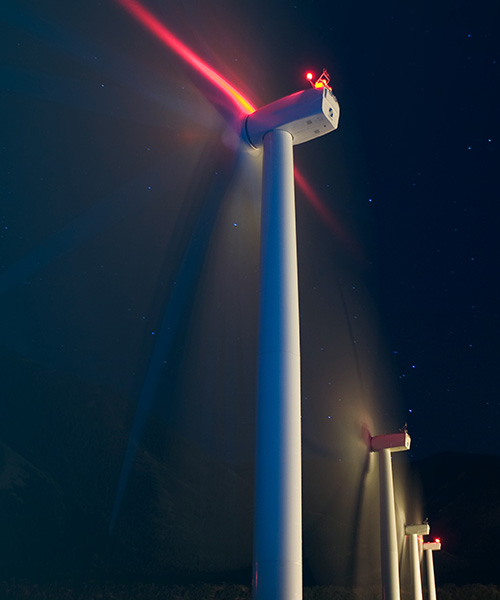May 29, 2023 • 4 min read
From Ambition to Reality: Four things we need to do to enable all possible low carbon technology options
Imagine a world where the technologies and know-how required for the energy transition aren’t just shared among collaborative and commercial partners, but shared publicly and on a global scale.
Where first-of-kind technologies are rolled out at record rates and deployment of low carbon technologies are helping to dramatically reduce carbon emissions. Getting us one step closer to a net zero future.
This could be our future by 2030.
But to get there, we must change the way we deliver energy infrastructure. Our series of papers, From Ambition to Reality highlight five key shifts in infrastructure delivery needed to meet the challenge of scale and speed to achieve mid-century net zero.
The second shift, enabling options, addresses uncertainty through the development of all technologies.

The final net zero tapestry will be made up of threads we’re already using – current technology and processes that work well, and threads we’ve not discovered yet. We need to research a wide range of decarbonization technologies and practices, spreading our effort and investment evenly.
This way, we give ourselves the best chance of finding future solutions. We need a pipeline of innovation: some of the technologies may not work out, but others could be key in years to come.
We explore four key things to enable low carbon technology options over the next seven years.
1. New technology will be ready in stages
Governments and businesses must do two things: deploy the low carbon technology we’ve got ready right now and invest in the technology we still need. To do that, they need to spread the effort and stagger rollouts.
“The technologies that will make decarbonization possible are in various stages of development. There’s a framework we can use that allows us to see how ready they are at any given point. Combining this with commercial readiness levels will be a good way to track progress, so that we know when we’ll be able to put these technologies into action,” says Dr. Clare Anderson, Director, Sustainability Performance.
“We can and should however, start the transition now, with the low-carbon technologies that are ready such as wind and solar while investing in those still emerging, like hydrogen and direct air capture (DAC).”
2. Invest in research and development early
Pumping capital into technologies that will disrupt the status quo well ahead of a greenlight decision, will unlock our capacity to get these projects off the ground quicker.
“Investment in research, development and demonstration is critical for emerging low-carbon technologies, and the solutions we’re yet to commercialize. Investing early includes risk capital that gives designers the freedom to pilot new technologies, removing commercial obstacles that currently cause most financing to be reserved for only proven technologies,” says Anderson.
To make sure we’re in the best position to develop technologies at the speed needed to reach net zero, we must measure global research and development investment effort and track the progress of technologies as they move through technology and commercial readiness levels.
3. Diversify the technology mix
One technology alone won’t get us to net zero. The solution will be a mix of different approaches, working within resource, geographic, market, and enviro-socio-political constraints. And they’ll all have their own challenges. Those who are traditionally competitors will need to work together and share lessons learned, to solve the problems.
“There’s no one-size-fits-all solution to decarbonization. We need to take a portfolio approach to net zero so that we use multiple technologies to lower emissions. How diverse our technology mix is will determine whether we can overcome constraints, and if we can bounce back from the setbacks we’ll inevitably encounter along the way,” says Anderson.
“We must keep an open mind and replace competition with collaboration. Industries will need to come together to diversify low carbon technologies and keep development going. Because the answers to net zero won’t just come from one single source, it’ll be a collective effort.”
4. Some low carbon technologies need space
Clean energy infrastructure such as wind and solar take up a lot of space. And can have a significant effect on landscapes and visual amenities.
“With the need for significant clean energy infrastructure to expand at a rapid pace, we must take into consideration how and who this will affect where we build,” says Anderson.
This can pose problems for communities and could obstruct social licenses to operate and planning permissions.
“We must think pragmatically and take advantage of the options we already have available rather than starting from scratch with every project. We can standardize modules to take up less space and reuse pipelines and depleted reservoirs.
We can also utilize the millions of small solar systems across the world occupying people’s rooftops. Using previously unutilized resources means we can keep the pace while achieving the scale needed to get us to net zero.”





